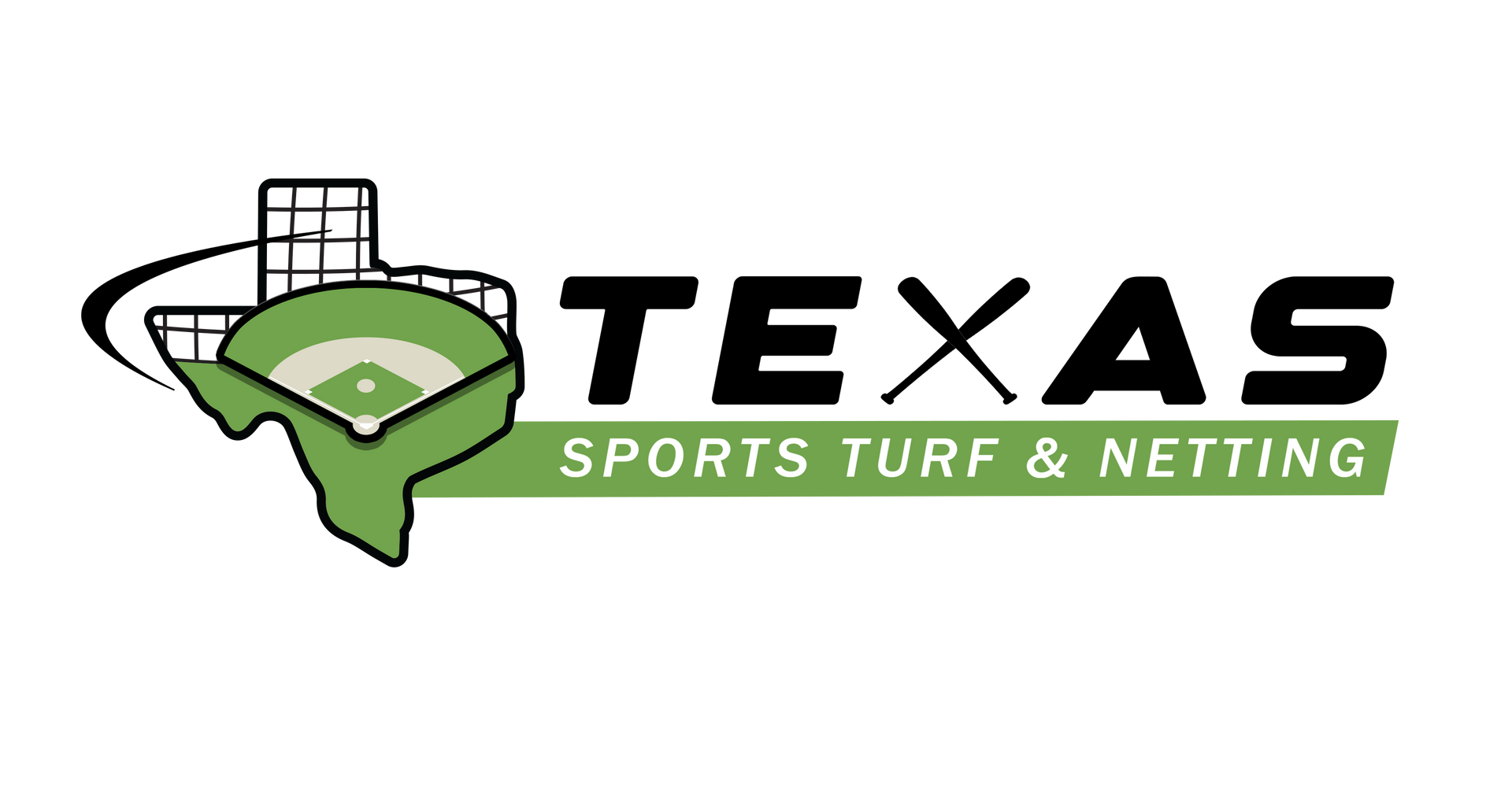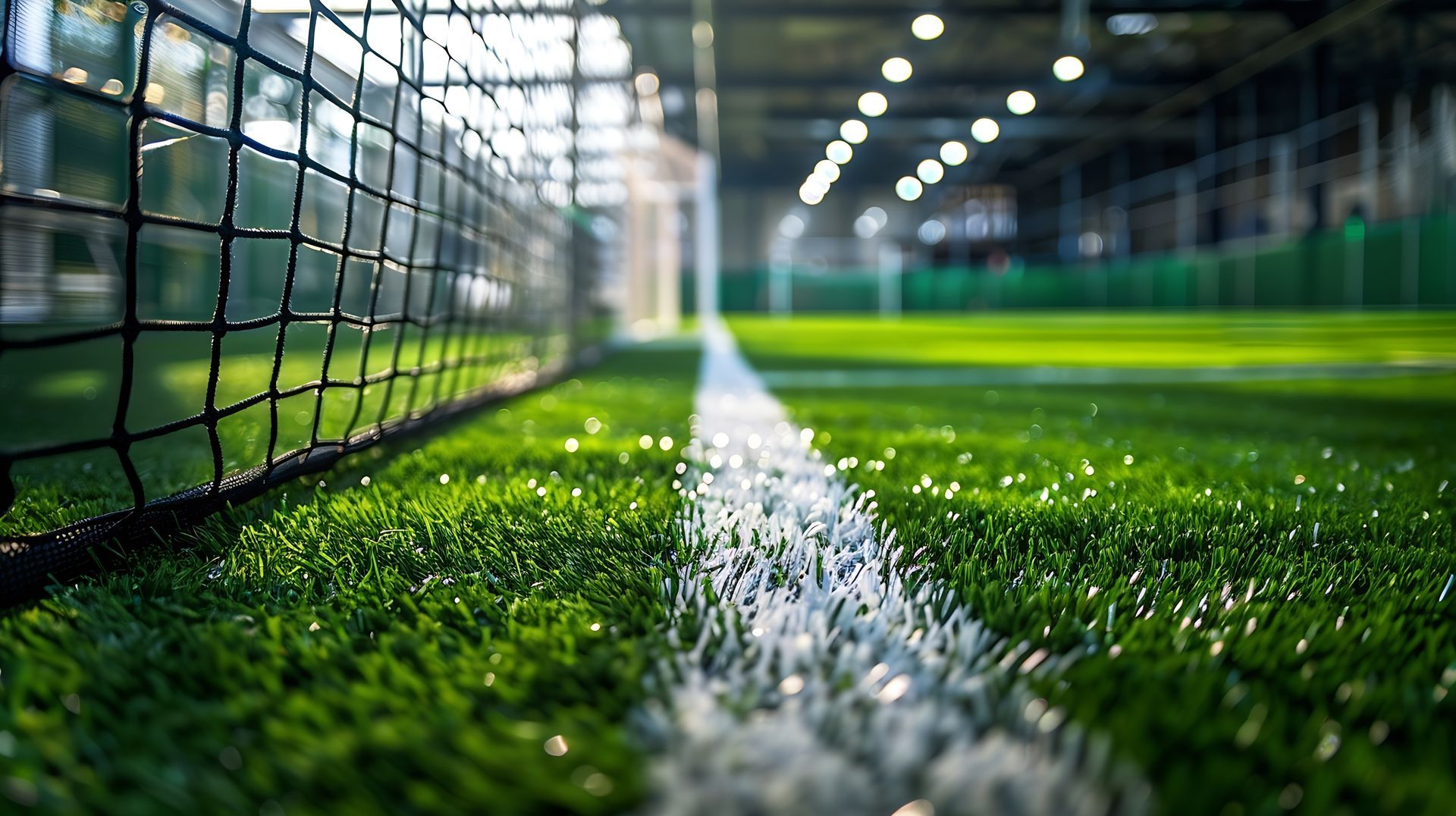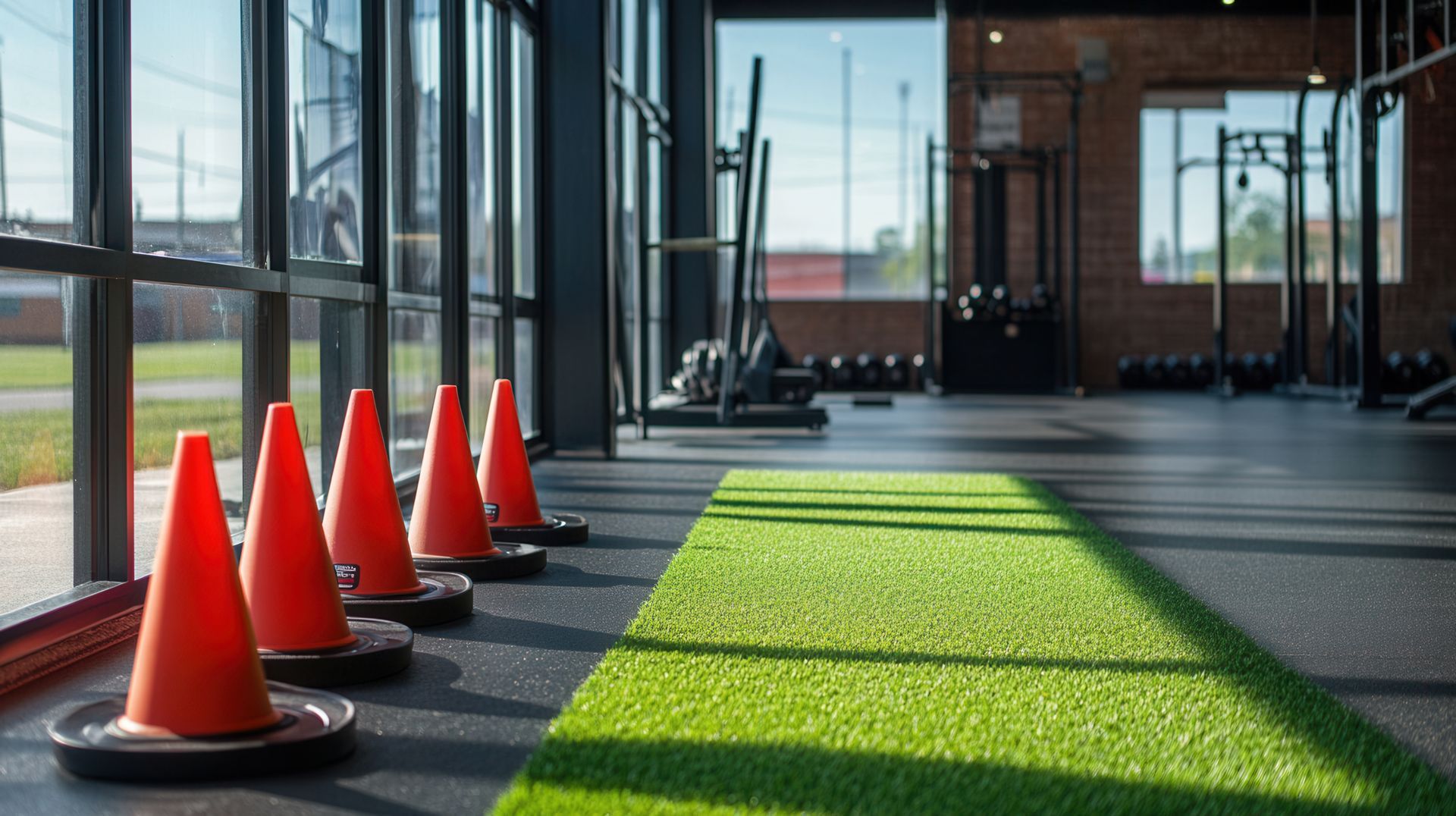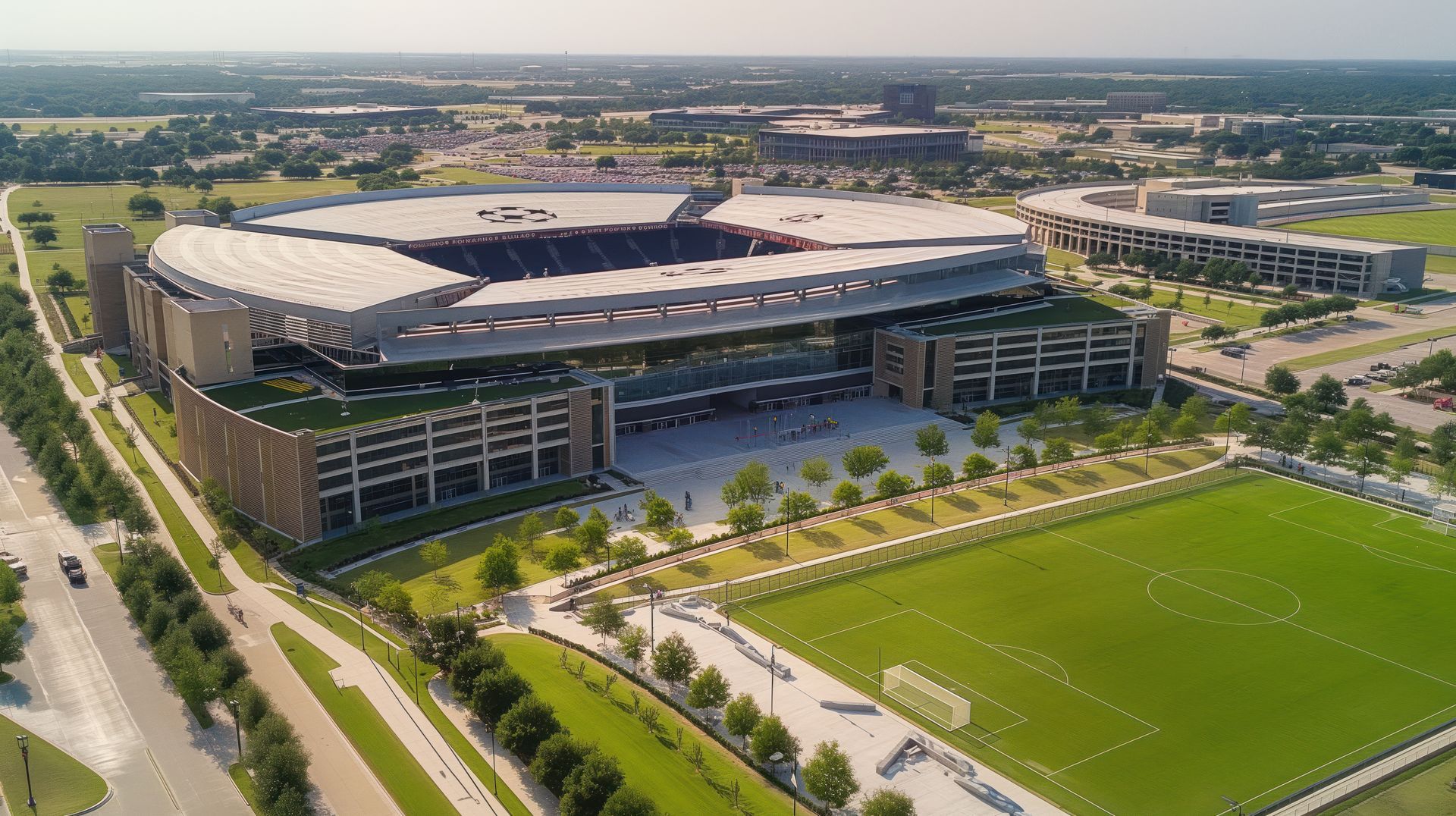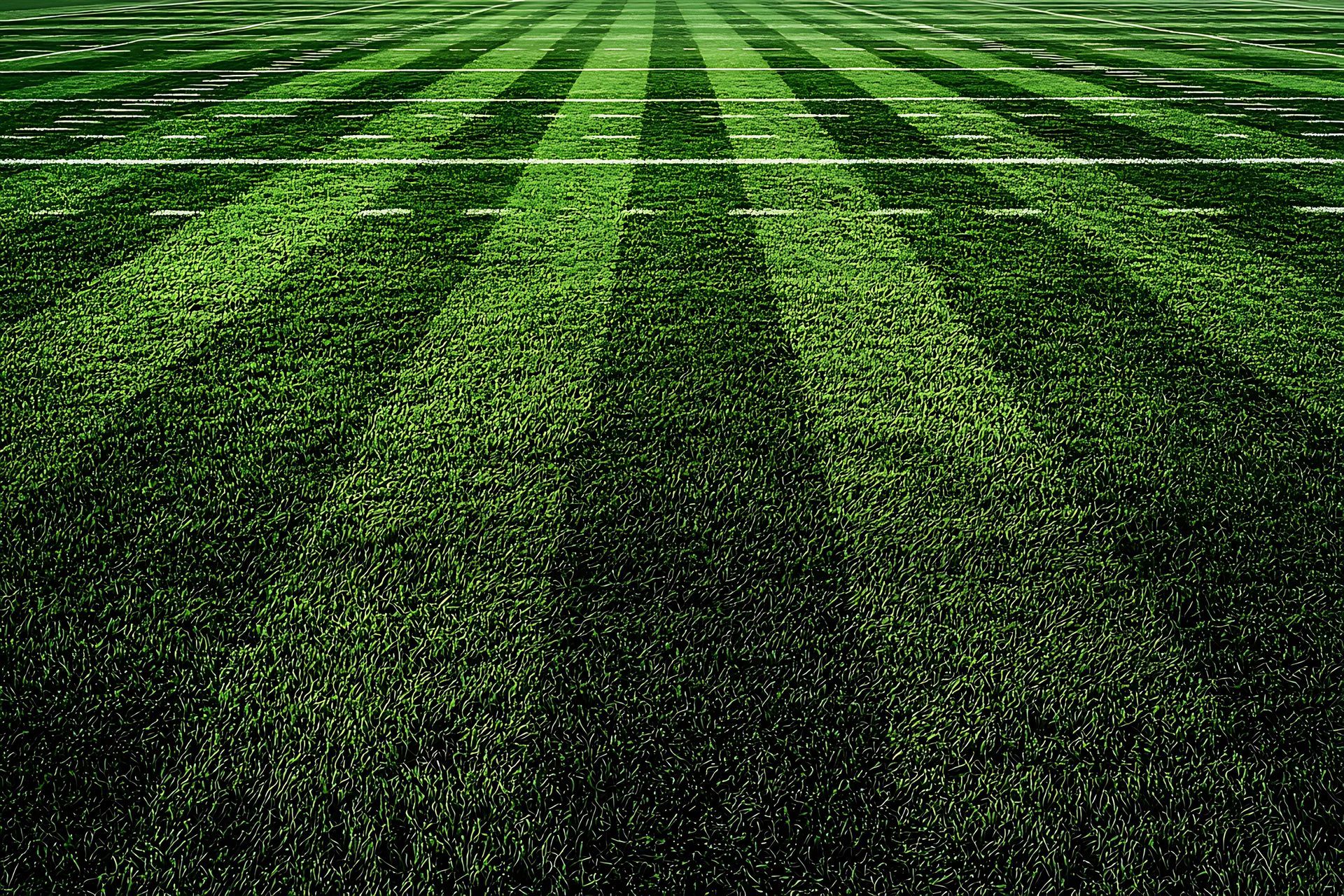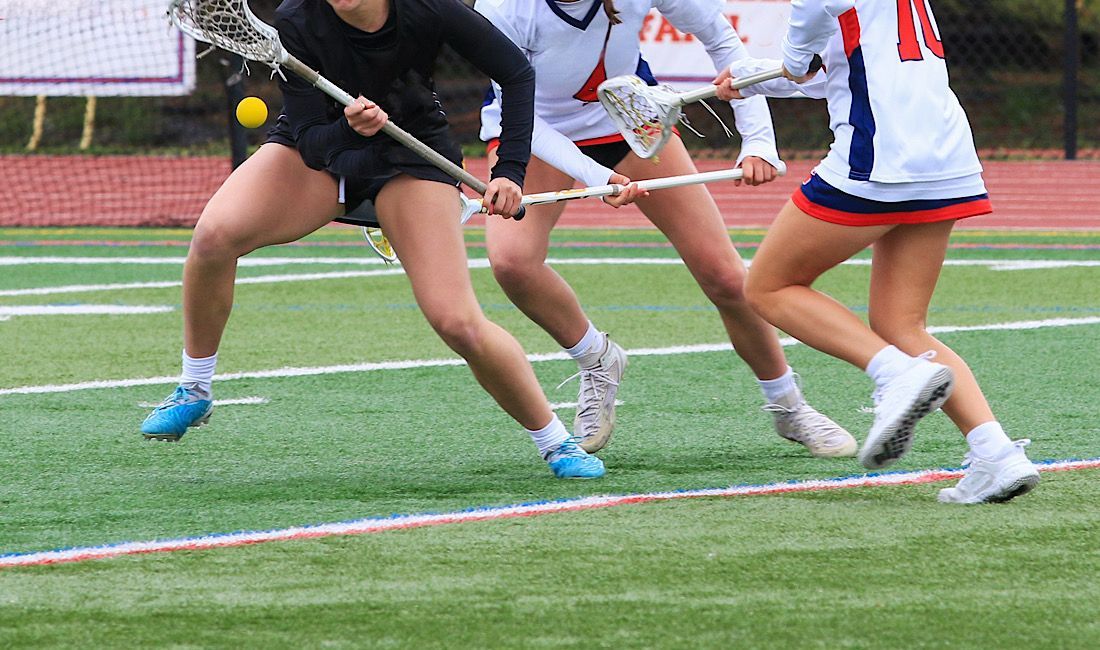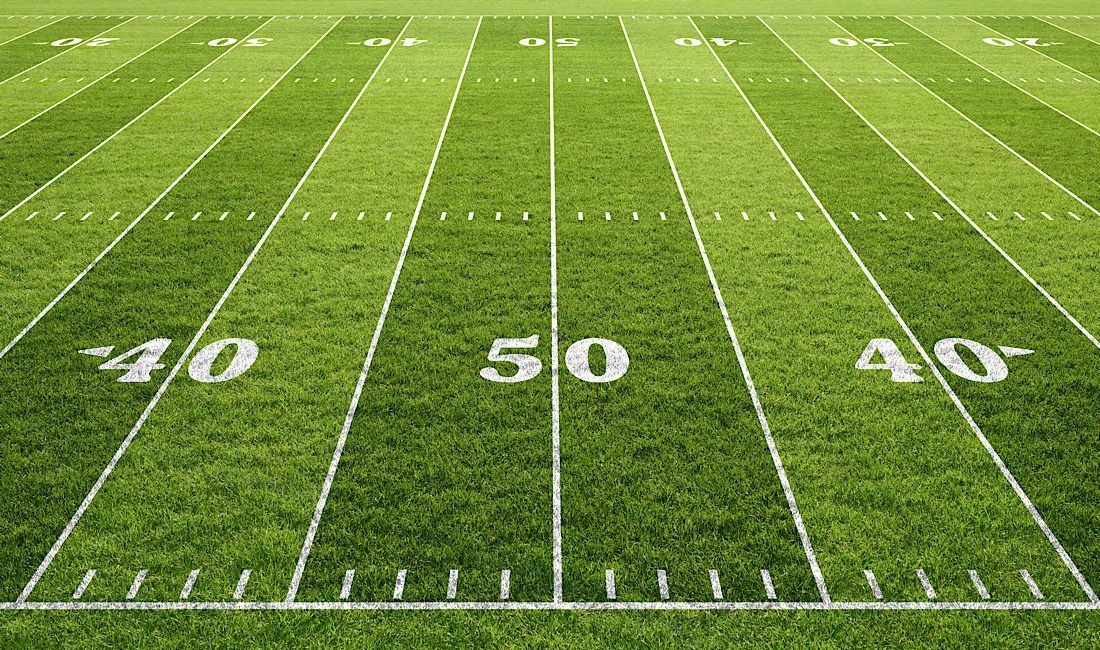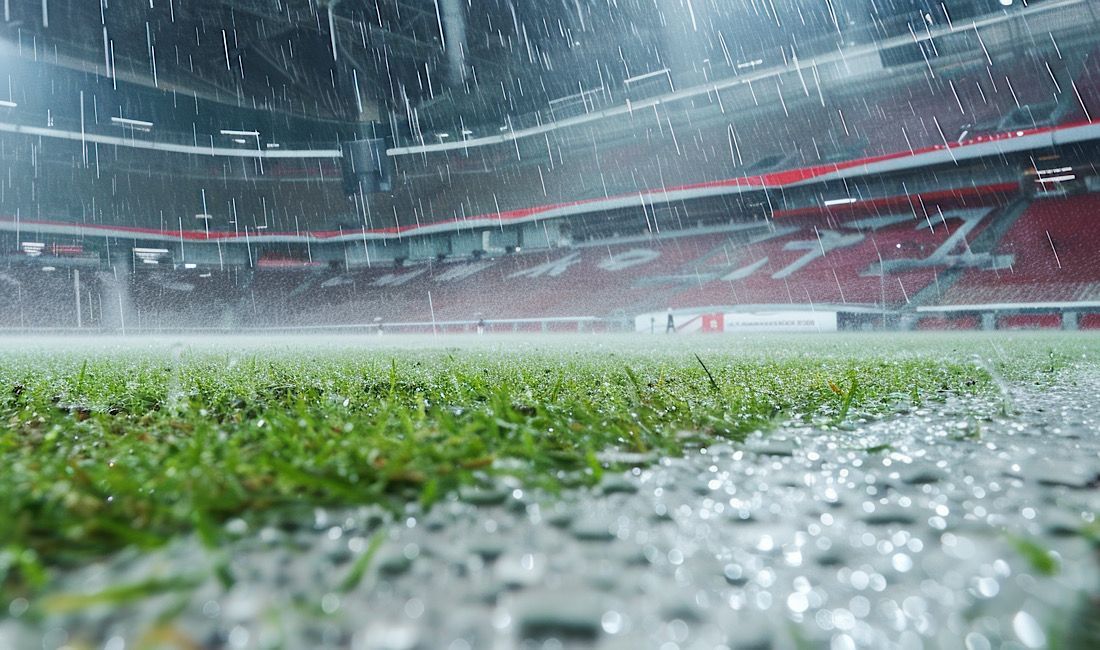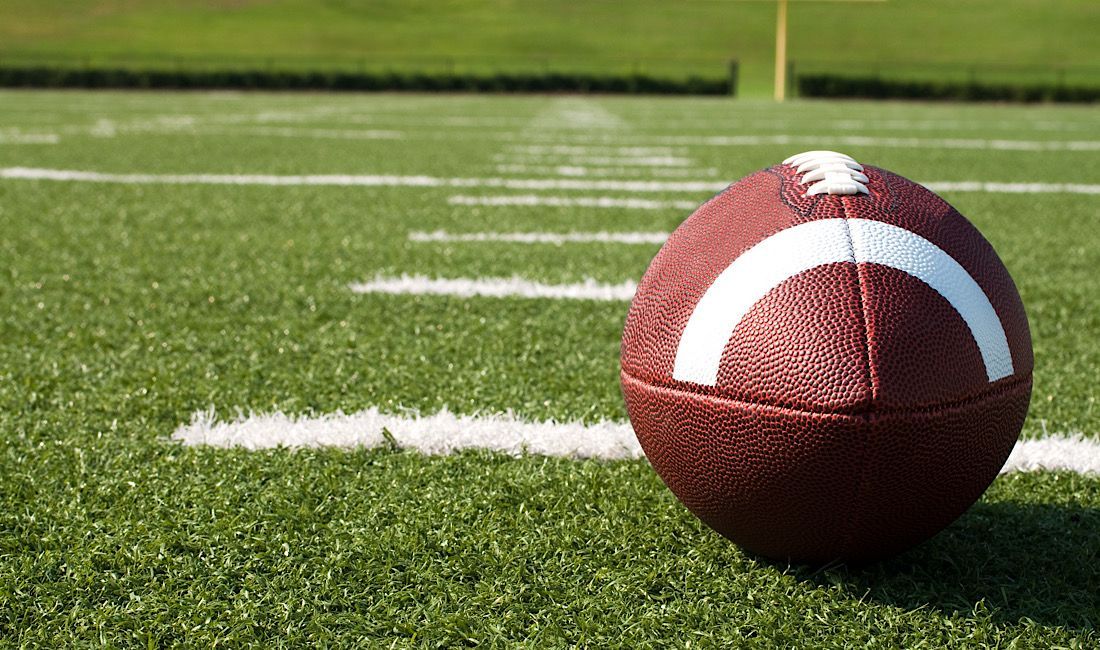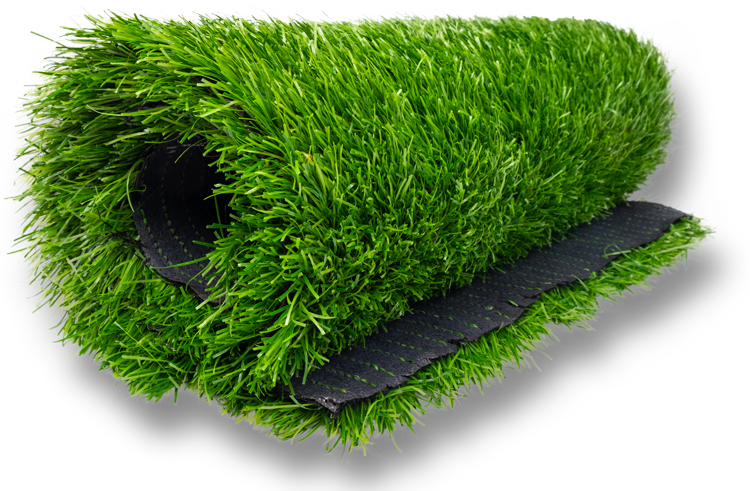Why Indoor Turf Is the Best Flooring for Multi-Sport Facilities in Texas
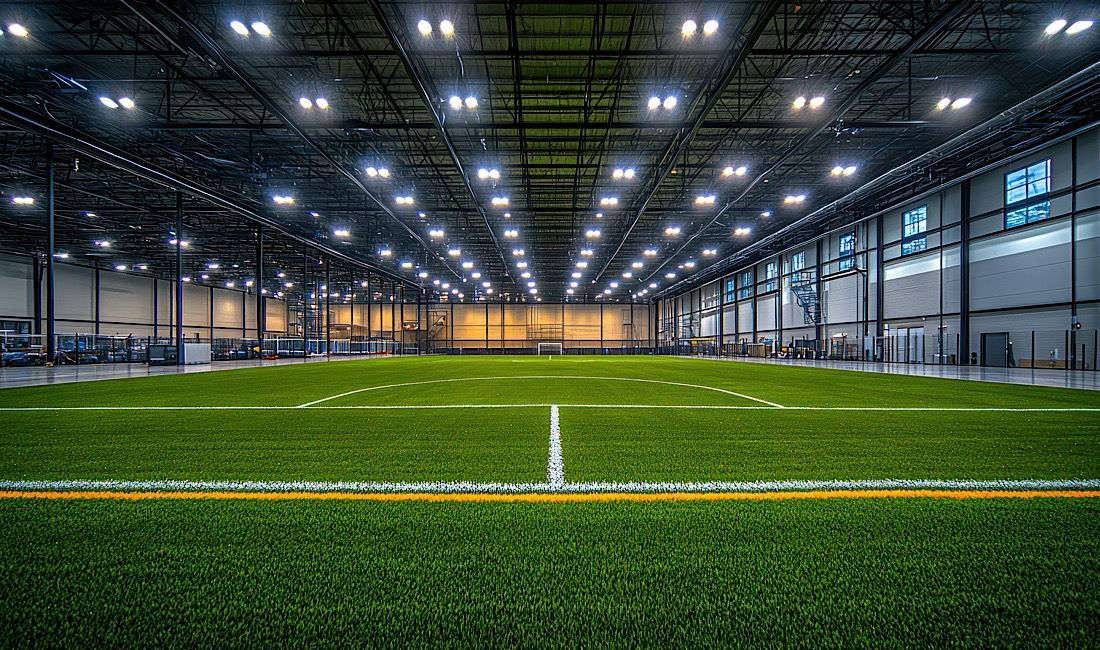
Indoor athletic facilities across Texas are undergoing a significant transformation. Facility operators and indoor complex managers are moving away from rubber, vinyl, and other traditional flooring types — and replacing them with custom synthetic turf systems. Whether designed for performance training, soccer, baseball, lacrosse, or even cheerleading, indoor turf has emerged as the most versatile, athlete-friendly, and cost-effective flooring solution for multi-sport complexes.
In a state like Texas, where year-round sports are the norm and training never stops, the flooring system must support heavy foot traffic, diverse athletic needs, and long-term durability. Texas Sports Turf & Netting has worked with indoor sports complexes throughout the region to design turf flooring solutions that outperform outdated flooring technologies — and offer a better return on investment.
This article explores the primary reasons why indoor turf is now considered the gold standard for high-performance athletic flooring across Texas.
Multi-Sport Versatility and Surface Adaptability
One of the biggest advantages of synthetic indoor turf is its adaptability to a wide range of sports and performance training disciplines. In Texas, where multi-sport usage is common in training facilities and indoor recreation centers, turf offers unmatched surface flexibility.
Whether you're running a:
- Youth flag football league
- Indoor soccer training academy
- Baseball/softball batting cage
- Lacrosse camp
- Fitness boot camp
- Speed/agility training center
…synthetic turf accommodates the movements, cleat interactions, and equipment needs of each sport.
Rubber and vinyl floors lack this adaptability. They’re often too rigid for field sports, overly slick when exposed to sweat or water, and can’t withstand cleats or dragging equipment. Indoor turf, on the other hand, provides:
- Consistent traction for lateral and sprint movements
- Sufficient cushion for plyometrics and jumping exercises
- Seamless transitions between sport-specific areas (via inlaid lines or color-coded turf zones)
- Cleat compatibility for soccer and football footwear
Complexes in Houston and Dallas, for example, have reported increased athlete satisfaction and reduced surface-related injuries after switching from rubber matting to synthetic turf.
Improved Athlete Safety and Injury Prevention
From an operational standpoint, flooring choice directly impacts athlete safety — a critical concern for facility managers and insurance carriers. Indoor turf reduces impact stress on joints, minimizes the risk of slips, and helps create a safer environment for athletes of all ages.
Texas Sports Turf & Netting installs turf systems with padding options tailored to impact requirements. These systems mimic the shock absorption properties of outdoor fields but with better control and less variability.
Key safety features of indoor turf include:
- Force reduction: Turf absorbs shock more effectively than hard rubber, helping reduce joint stress on knees and ankles during high-impact activities.
- Non-slip surface: Quality indoor turf is engineered to maintain grip, even during fast-paced drills or changes in direction.
- Anti-abrasion properties: Compared to rubber or carpeted surfaces, indoor turf reduces the friction that can lead to skin burns and abrasions during falls.
In a 2024 report from the National Athletic Trainers’ Association (NATA), facilities using synthetic turf with padding experienced 20–30% fewer non-contact injuries during high-volume training sessions compared to hard flooring options.
This matters especially in youth sports — where developing athletes are more vulnerable to impact-related injuries. Safer flooring helps reduce liability while extending the facility’s reputation as a premium training destination.
Durability and Operational Efficiency
Indoor sports facilities in Texas face high usage demands. Most are open seven days a week and serve multiple sports programs simultaneously. A high-durability flooring system is not optional — it’s a necessity.
Indoor turf offers long-lasting performance with minimal maintenance:
- Heavy use resistance: Turf can withstand thousands of cleat impacts, dragging sleds, and weighted equipment.
- Low maintenance: Unlike rubber that may require resurfacing or buffing, turf requires only brushing, infill top-ups (if applicable), and occasional sanitization.
- UV and humidity resistance: Indoor turf holds up well under LED lighting and varying humidity conditions, which can warp or degrade vinyl or rubber-based floors over time.
Texas Sports Turf & Netting uses high-performance backing systems and edge bindings that resist fraying and curling — common problems with cheaper turf systems.
For indoor complexes in humid regions like Corpus Christi or along the Gulf Coast, turf outperforms alternatives that are susceptible to mold, odor retention, or curling under climate fluctuations. Additionally, synthetic turf dries quickly, making it ideal for all-weather training sessions and sweat-heavy environments.
Custom Design and Branding Opportunities
Unlike uniform rubber floors, indoor turf offers rich opportunities for facility branding and layout optimization. Custom logos, field lines, and color-coded training zones are easy to incorporate into the turf design.
Here’s how indoor facilities across Texas are customizing their turf systems:
- Inlaid logos and mascots for team spirit and brand recognition
- Color zoning to separate warm-up areas, agility lanes, batting cages, and recovery spaces
- Permanent field markings for 5v5 soccer, flag football, or lacrosse without repainting
- Textured zones for speed ladders or sled pushes are embedded directly into the turf
For private training facilities, this level of customization allows operators to deliver a professional experience to athletes and differentiate their brand from competitors.
Texas Sports Turf & Netting works closely with facility owners to build turf layouts that are not only functional but also enhance the customer experience — a key factor in driving repeat usage, membership retention, and brand value.
Why Texas Facilities Are Leaving Rubber Behind
Rubber flooring, while once popular for gyms and training spaces, is now viewed as outdated for dynamic sports environments. Facility owners across Austin, San Antonio, and Fort Worth report the following issues with rubber surfaces:
- Hard impact on joints during repeated drills
- Slick conditions under sweat and water
- Limited use for cleats and turf shoes
- Shorter lifespan under high-use sports programs
In contrast, synthetic turf solves each of these pain points with better performance, improved safety, and a more professional aesthetic. The shift is part of a broader trend: Texas athletic complexes are evolving into multi-use environments that require flooring capable of meeting the needs of athletes, trainers, and facility managers — without compromise.
With expert guidance from Texas Sports Turf & Netting, facilities are not just upgrading their floors — they’re optimizing their business for future growth.
If you're considering flooring upgrades for your multi-sport complex, now is the time to explore the advantages of indoor synthetic turf. Whether you're launching a new facility or retrofitting an existing one, Texas Sports Turf & Netting can design a solution that maximizes safety, durability, and ROI.
Call 281-876-7958 today to speak with our experts about upgrading your facility.
